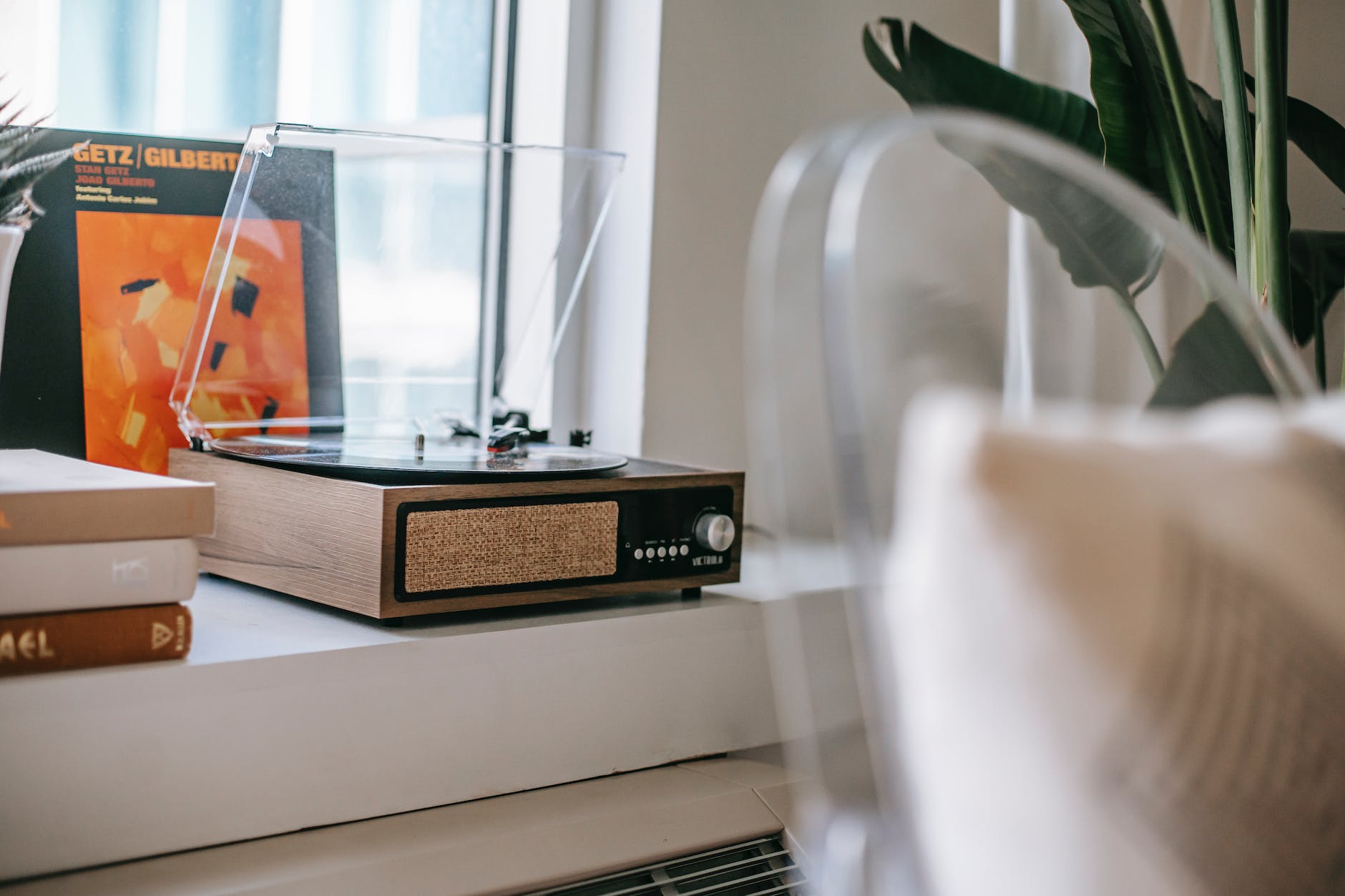Immersed in a medley of rich, swirling colors and mesmerizing melodies, the psychedelic era of the 1960s and 70s marked a significant transformation where music and visuals succumbed to the mystical powers of psychedelics. Musicians like the iconic bands Pink Floyd and the Grateful Dead became synonymous with this era, merging musical innovation with psychedelic influences. This period saw the integration of experiments in sound, album covers, light shows and the overall concert experience, influenced by enthralling psychedelics.
Psychedelics, particularly LSD, have had a profound influence on the sphere of rock music. Lysergic acid diethylamide, or LSD, was discovered in the late 1930s but came to prominence during the hippie counterculture movement of the 1960s. Bands began to explore the potential this mind-altering substance had on their creative processes. The alternative perceptions and varied mental states induced by these substances influenced songwriting, resulting in layered and complex music often leading to a trance-like experience for listeners.
The psychedelic influence wasn’t limited to the auditory experience, as can be seen in Pink Floyd’s groundbreaking album “Dark Side of the Moon”. The cover art, depicting a prism refracting light, became just as legendary as the music itself. This era marked a change where album covers were no longer just a sleeve to protect the vinyl, but an integral part of the musical journey. The colorful, abstract designs mirrored the unusual and dreamy auditory experience, helping listeners visually connect with the music.
Pink Floyd and the Grateful Dead elevated the concert experience, often pairing their music with mesmerizing light shows. Lighting technicians experimented with liquid light shows, projectors, and strobes to generate visual effects synched with the band’s performances. These light shows extended the psychedelic experience from just the auditory to both visual and aural, providing fans an immersive concert experience.
The interaction between different sensory pathways, a condition known as synesthesia, became an exciting field in psychedelic experimentation. Bands tried to induce this cross-sensory phenomena in their listeners, blurring the lines between what was heard and what was seen. This approach led to the development of synths, allowing musicians to emulate various sounds, further expanding musical possibilities. The high pitch tones, resonating bass and layered textures made synths perfect for psychedelic rock, which aimed for exploratory and immersive atmospheres.
The Grateful Dead, hailed as the pioneers of the “jam band” genre, often incorporated long, improvised segments where the music served as a channel for spiritual expression. They commonly used synths to drive their exploration of sound, pushing the boundaries of conventional rock music and manifesting the aural equivalent of psychedelic visions.
No exploration of the confluence between psychedelics, music, and visuals would be complete without mentioning the most iconic symbol – Woodstock. The 1969 Woodstock Music Festival crystallized the synergy of music, visuals, and the widespread use of psychedelics. The festival served as an outlet for collective expression of the counterculture movement, with psychedelic rock dominating the scene.
In conclusion, psychedelics have significantly shaped music and visuals, fostering a unique harmony between sound, art, and perception. These influences persist in today’s music scene, reminding us of the psychedelic era’s enduring legacy and its continual impact on artistic creativity. The psychedelic era’s ability to tap into the mysterious corners of consciousness through experimentation remains an unparalleled milestone in the history of music and visuals.
Sources:
https://www.pinkfloydonline.com/history-of-pink-floyd/
https://www.rollingstone.com/music/music-lists/rob-sheffield-ranks-all-188-grateful-dead-songs-206550/
https://www.bbc.com/culture/article/20150428-how-drugs-changed-music
https://lareviewofbooks.org/article/cover-story-the-art-of-the-album/
https://ultimateclassicrock.com/best-light-shows/
https://www.frontiersin.org/articles/10.3389/fnhum.2013.00889/full
https://daily.redbullmusicacademy.com/2016/10/instrumental-innovations-feature
https://www.history.com/topics/1960s/woodstock





